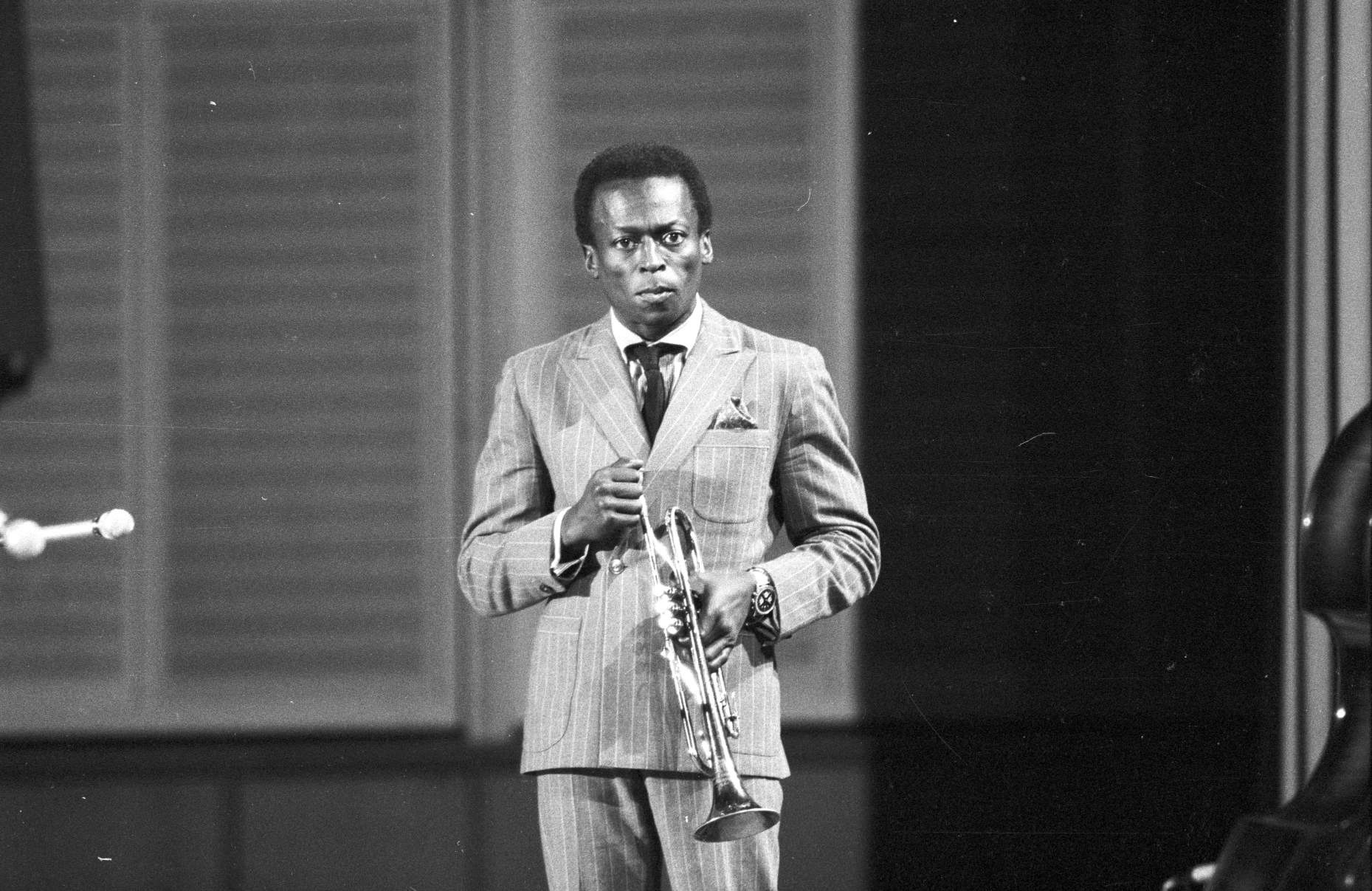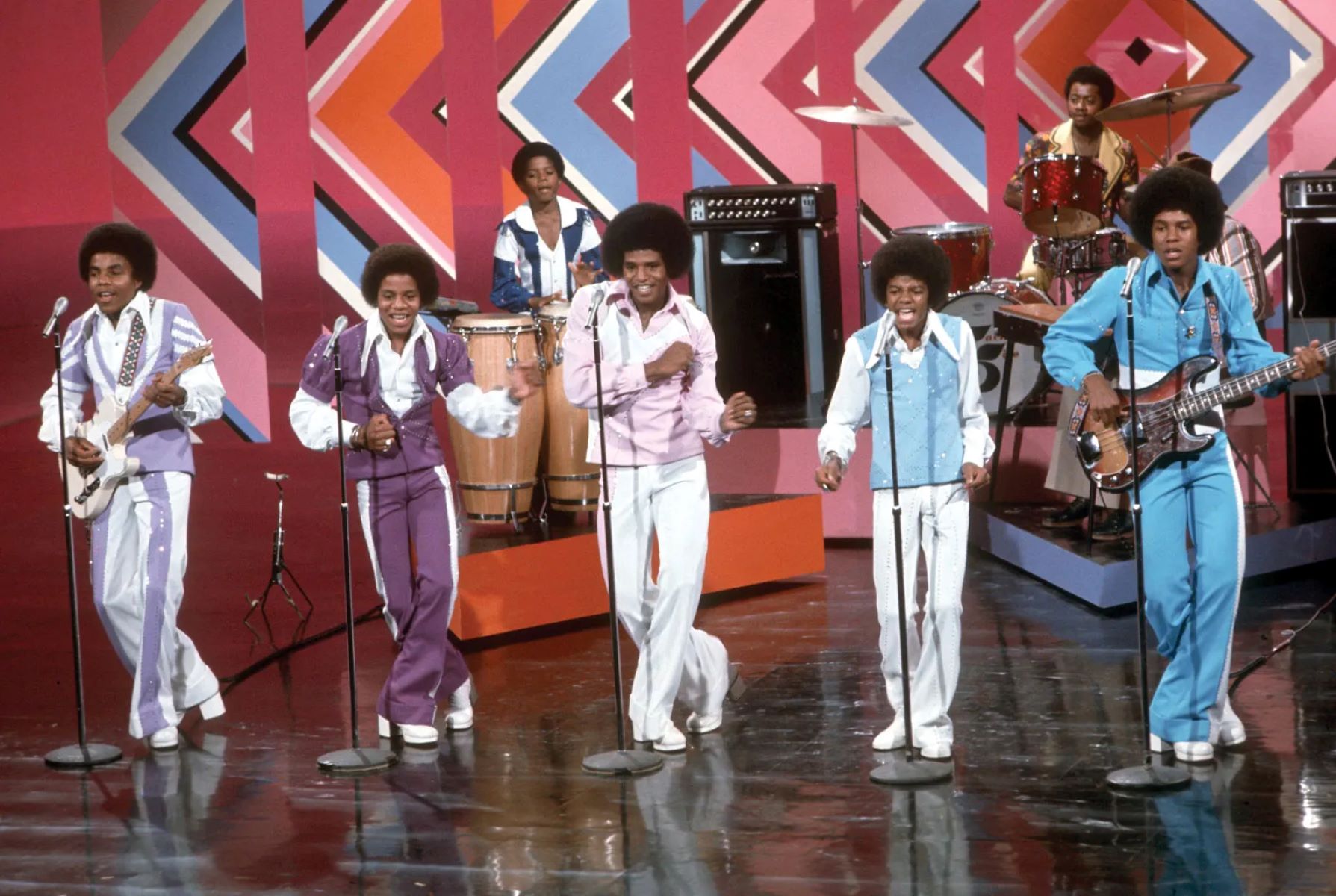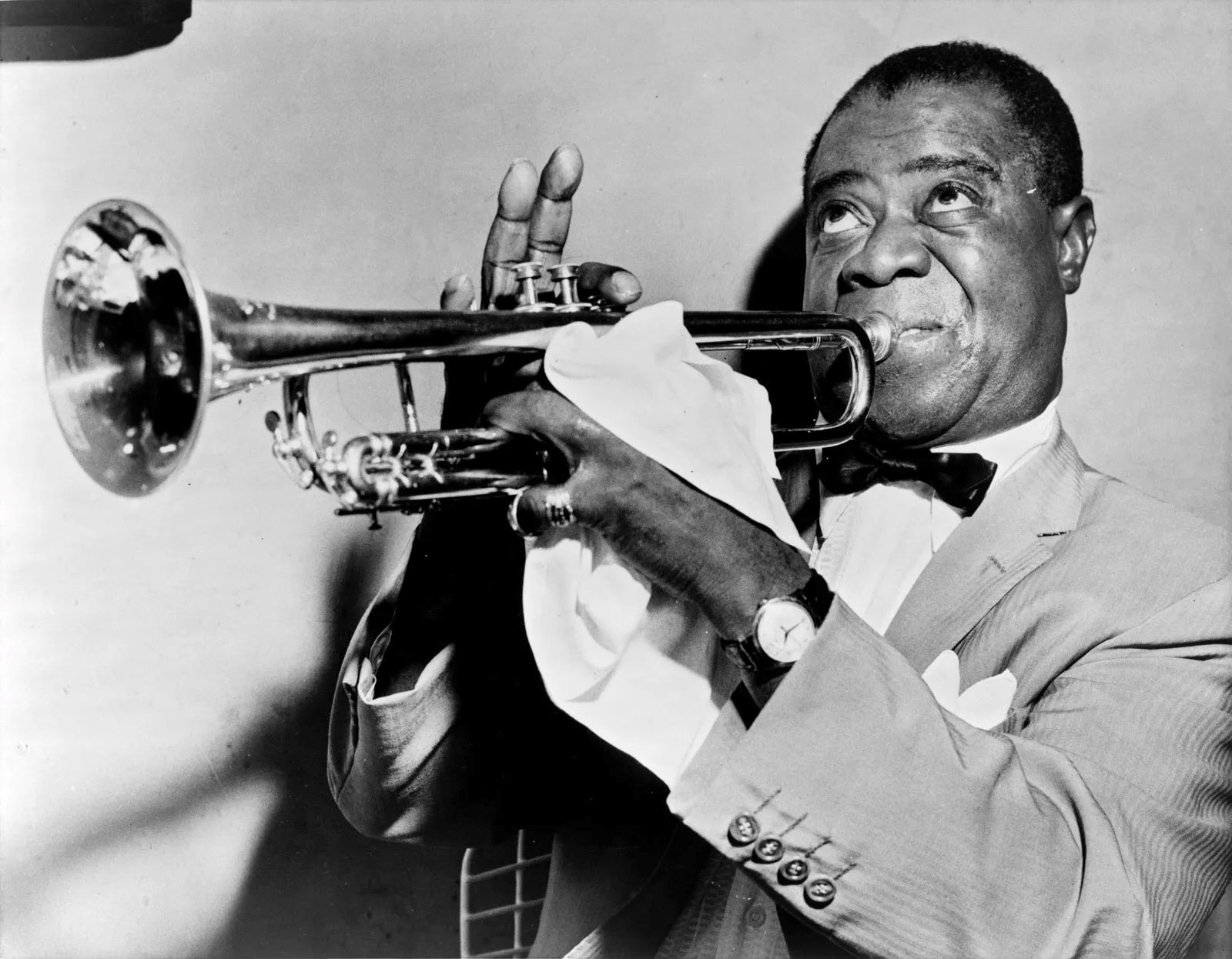Home>Production & Technology>Musician>Which Musician Recorded Kind Of Blue In 1959?


Musician
Which Musician Recorded Kind Of Blue In 1959?
Modified: February 9, 2024
Discover which musician recorded the iconic album "Kind of Blue" in 1959 and revolutionized jazz.
(Many of the links in this article redirect to a specific reviewed product. Your purchase of these products through affiliate links helps to generate commission for AudioLover.com, at no extra cost. Learn more)
Table of Contents
Introduction
Music has the incredible power to transport us to another time and place, evoking emotions and memories with just a few notes. One of the most iconic albums in the history of music is “Kind of Blue.” Released in 1959, this masterpiece continues to captivate listeners with its beautiful melodies and groundbreaking improvisation.
“Kind of Blue” is a jazz album that pushed boundaries and left an indelible mark on the genre. With its unique blend of modal jazz and brilliant performances by some of the most talented musicians of the time, it remains a testament to the genius of its creator, Miles Davis.
In this article, we will delve into the making of “Kind of Blue” and explore the extraordinary musicians involved in its creation. We will also discuss the album’s enduring legacy and why it continues to be a cornerstone of jazz music.
So, get ready to dive into the magical world of “Kind of Blue” and discover the profound impact it has had on the music industry and the hearts of countless listeners.
Background: The Jazz Scene in the 1950s
The 1950s was a pivotal period for jazz music. The genre was undergoing a significant transformation, moving away from the traditional swing and bebop styles and exploring new avenues of expression. Artists were pushing the boundaries, experimenting with different rhythms, harmonies, and improvisational techniques.
During this time, jazz clubs were buzzing with energy, and musicians were constantly seeking new ways to break free from the confines of the traditional jazz structure. This era saw the rise of influential figures like Charlie Parker, Dizzy Gillespie, and Thelonious Monk, who were known for their innovative approaches to improvisation.
While the jazz scene was flourishing, it also faced challenges. The rise of rock and roll and other popular music styles began to take the spotlight away from jazz. Additionally, racial tensions and segregation were still prevalent, with many jazz musicians, predominantly African American, struggling to gain recognition and equal rights.
However, amidst these challenges, jazz continued to evolve and adapt. It became a symbol of cultural rebellion and artistic freedom, with musicians pushing the boundaries of creativity and improvisation.
It is against this backdrop of creative exploration and cultural change that “Kind of Blue” emerged to redefine jazz and leave an everlasting impact on the music industry.
The Making of Kind of Blue
The creation of “Kind of Blue” was a revolutionary process that transformed the jazz landscape. Miles Davis, the mastermind behind the album, wanted to move away from the complex chord progressions of bebop and explore a more open, modal approach to improvisation.
Davis assembled an exceptional group of musicians for the recording sessions, including John Coltrane on saxophone, Bill Evans on piano, Julian “Cannonball” Adderley on alto saxophone, Paul Chambers on bass, and Jimmy Cobb on drums. Each musician brought their unique style and creativity, contributing to the distinct sound of the album.
The recording sessions took place over two days in March and April of 1959 at Columbia Records’ 30th Street Studio in New York City. Davis had a clear vision for the album, providing the musicians with sketches of the melodies and chord progressions, but leaving ample room for improvisation.
What is particularly remarkable about the recording sessions is the spontaneous nature of the performances. The musicians relied on their intuition and musical chemistry to create breathtaking moments of improvisation on the spot. The result was a collection of soul-stirring melodies that flowed seamlessly from one track to another.
One of the most significant contributions to the album was Bill Evans’ innovative piano playing. His delicate touch and harmonically rich voicings added a unique texture to the music. Evans’ contributions were especially evident in tracks like “So What” and “Blue in Green,” which have become timeless classics.
The overall atmosphere during the recording sessions was one of creativity and experimentation. Davis encouraged his musicians to explore new avenues of expression, giving them the freedom to take risks and push the boundaries of their instruments. This spirit of innovation permeates the entire album and is what sets it apart from other jazz recordings of the time.
After the recording sessions were completed, the album went through post-production, where the tracks were carefully edited and mixed for release. In August 1959, “Kind of Blue” was unleashed upon the world, and it immediately garnered critical acclaim.
The album’s impact was unprecedented, and it resonated not only with jazz enthusiasts but also with a wider audience. Its melodic sensibility and laid-back ambiance appealed to listeners of all backgrounds, cementing its status as a timeless masterpiece.
Decades later, “Kind of Blue” continues to be hailed as one of the greatest recordings in the history of music. Its influence can be felt in multiple genres, from jazz to rock to hip-hop. It remains a testament to the power of artistic exploration and the enduring legacy of Miles Davis and his extraordinary group of musicians.
Miles Davis: The Mastermind Behind the Album
Miles Davis, the brilliant trumpeter and composer, was the visionary behind the groundbreaking album “Kind of Blue.” Born in 1926 in Illinois, Davis quickly rose to prominence in the jazz world, becoming one of the most influential and innovative musicians of his time.
Davis had a distinct musical vision and was known for his willingness to embrace change. Throughout his career, he constantly pushed the boundaries of jazz, experimenting with different styles and techniques. He had a keen ear for talent and assembled an incredible ensemble of musicians for the “Kind of Blue” recording sessions.
One of the reasons Davis’ musical ideas were so innovative was his ability to adapt and absorb influences from various genres. He drew inspiration from classical music, African rhythms, and even popular music of the time. This eclectic approach allowed him to create a unique and distinctive sound that defied categorization.
With “Kind of Blue,” Davis sought to move away from the complicated chord progressions and frenetic improvisation of bebop. He envisioned a more relaxed and open-ended style of playing, focusing on improvisation over simple and modal chord structures.
This departure from convention was not without its risks, but Davis had the confidence and conviction to pursue his artistic vision. He gave his musicians the freedom to explore and experiment, resulting in a recording that captured the essence of musical storytelling like never before.
Not only was Davis a brilliant trumpeter and bandleader, but he was also a skilled composer. He crafted rich and emotive melodies that formed the backbone of the album. Davis had a knack for creating captivating musical phrases that could convey a wide range of emotions, whether it was melancholy, joy, or introspection.
His socially conscious nature also led him to use his music as a form of protest. Davis used his platform to address issues of racial injustice and discrimination, making a powerful statement through his art.
Through his visionary approach and remarkable talent, Miles Davis revolutionized jazz with “Kind of Blue.” The album’s impact was far-reaching and continues to reverberate in the world of music. Davis left an indelible mark on the genre, inspiring countless musicians and shaping the course of jazz history.
Miles Davis’ influence extends far beyond the realm of jazz. His artistic achievements and fearless approach to music continue to inspire artists across genres, proving that true innovation knows no boundaries.
The Talented Musicians Involved
One of the key factors that contributed to the success and lasting impact of “Kind of Blue” was the exceptional group of musicians involved in its creation. Each member of the ensemble brought their unique style and virtuosity to the recording sessions, resulting in a collective brilliance that is still celebrated today.
Miles Davis, the visionary behind the album, led the way on trumpet. Known for his lyrical playing and distinctive tone, Davis was a true innovator in the jazz world. His command of the instrument and ability to convey emotion through his playing were unparalleled.
John Coltrane, one of the most influential saxophonists in jazz history, contributed his remarkable talents to “Kind of Blue.” Coltrane’s powerful and exploratory improvisations added depth and intensity to the tracks. His contributions can be heard in tracks like “Freddie Freeloader” and “All Blues,” where his tenor saxophone solos take center stage.
Bill Evans, the exceptional pianist, played a significant role in shaping the album’s sound. Evans’ delicate touch, sophisticated harmonies, and introspective playing transformed the compositions into mesmerizing sonic landscapes. His piano work on “Blue in Green” is particularly noteworthy for its haunting beauty.
Julian “Cannonball” Adderley, an esteemed alto saxophonist, brought a vibrant energy to the recording sessions. Adderley’s soulful and exuberant playing injected a sense of joy and liveliness into the album. His dynamic solos on tracks like “So What” and “Flamenco Sketches” are a testament to his incredible musicianship.
Paul Chambers, a highly acclaimed bassist, provided a solid foundation and added depth to the music. His melodic bass lines and impeccable sense of rhythm served as a guiding force throughout the album. Chambers’ contributions can be felt in every note, anchoring the ensemble’s improvisations and creating a cohesive sound.
Lastly, Jimmy Cobb, the talented drummer, brought impeccable timing and sensitivity to the recording sessions. Cobb’s subtle and precise drumming provided a steady pulse and enhanced the musical dialogue between the musicians. His contribution to tracks like “All Blues” and “Flamenco Sketches” showcased his remarkable skill and musical intuition.
Together, these extraordinary musicians formed a dynamic and cohesive unit, pushing the boundaries of jazz and creating a sonic masterpiece. Their collective talents and intuitive collaboration elevated “Kind of Blue” to legendary status, forever enshrining them in the pantheon of jazz greats.
The contributions of these musicians to “Kind of Blue” cannot be overstated. Their artistry and innovation not only transformed the album but also left an indelible mark on the history of jazz music, inspiring generations of musicians to explore new frontiers and embrace the power of improvisation.
Kind of Blue’s Enduring Legacy
“Kind of Blue” stands as a timeless masterpiece that has had a profound and enduring impact on the world of music. The album’s legacy extends far beyond its initial release in 1959, continuing to captivate audiences and inspire musicians of all genres. Here are some key aspects of its enduring influence:
- Critical Acclaim: From the moment of its release, “Kind of Blue” received widespread critical acclaim. It was praised for its innovation, impeccable musicianship, and emotional depth. Over the years, the album has consistently appeared on lists of the greatest albums of all time, solidifying its status as a true classic.
- Popular Appeal: While “Kind of Blue” appealed to jazz enthusiasts, its accessibility and melodic sensibility also attracted a wider audience. Its laid-back ambiance and mesmerizing improvisations struck a chord with listeners from diverse backgrounds, transcending the boundaries of jazz and becoming universally beloved.
- Influence on Jazz: “Kind of Blue” revolutionized jazz by ushering in the modal jazz movement. Its departure from traditional chord progressions and emphasis on improvisation opened up new possibilities for musicians. The album inspired countless jazz artists, encouraging them to explore new tonalities and experiment with different modes of expression.
- Cross-Genre Impact: The influence of “Kind of Blue” extends beyond the realm of jazz. Its impact can be heard in other genres such as rock, hip-hop, and contemporary classical music. Artists from diverse backgrounds have drawn inspiration from the album’s harmonic language, melodic beauty, and free-flowing improvisation.
- Continuous Relevance: Nearly six decades after its release, “Kind of Blue” remains relevant and continues to resonate with listeners. Its timeless quality and ability to evoke emotions have ensured its place in the hearts of music lovers worldwide. The album’s popularity has stood the test of time, and it continues to introduce new generations to the magic of jazz.
- Cultural Impact: “Kind of Blue” emerged at a time of social transformation and cultural change. It transcended racial boundaries and served as a unifying force, bringing people together through the power of music. The album’s messages of harmony and artistic freedom still resonate today, making it a cultural touchstone.
“Kind of Blue” stands as a testament to the genius of Miles Davis and the incredible talent of the musicians involved. Through its innovative approach, melodic beauty, and timeless appeal, the album has left an indelible mark on the music industry. Its enduring legacy serves as a reminder of the power of artistic exploration and the ability of music to transcend boundaries and touch the human spirit.
Conclusion
“Kind of Blue” is more than just an album; it is a musical masterpiece that continues to captivate and inspire listeners decades after its release. With its innovative modal jazz approach, breathtaking improvisations, and soul-stirring melodies, the album revolutionized the jazz genre and left an indelible mark on music history.
The visionary leadership of Miles Davis and the exceptional talents of John Coltrane, Bill Evans, Cannonball Adderley, Paul Chambers, and Jimmy Cobb came together to create a sonic landscape that pushed the boundaries of what was thought possible in jazz. Their collective creativity, spontaneity, and sheer musical brilliance made “Kind of Blue” a tour de force.
The album’s enduring legacy is evident in the countless accolades it has received, its continued popularity among listeners from all walks of life, and its lasting influence on the jazz genre and beyond. “Kind of Blue” remains a symbol of artistic freedom, innovation, and the power of musical collaboration.
Decades after its release, the timeless appeal of “Kind of Blue” lies in its ability to transport us to a realm of pure emotion and musical exploration. It serves as a reminder that true creativity knows no boundaries and that artistic vision can transcend time and resonate with audiences across generations.
As we reflect on the lasting impact of “Kind of Blue,” we are reminded of the transformative power of music. It has the ability to touch our souls, provoke our thoughts, and evoke emotions that connect us as human beings.
So, whether you are a jazz aficionado or a casual listener, take the time to experience the magic of “Kind of Blue.” Let the timeless melodies, mesmerizing improvisations, and groundbreaking spirit of the album transport you to a realm of musical transcendence. Open your ears, let the music wash over you, and allow yourself to be swept away by the lasting legacy of this incredible album.











